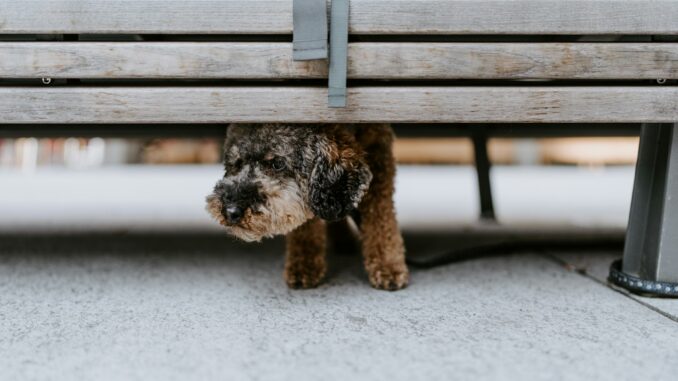
Separation anxiety is a common issue that many dog owners face when their furry companions struggle with being left alone. Dogs are social animals and can experience stress and anxiety when separated from their owners for extended periods. However, with the right guidance and support, it is possible to help your dog overcome separation anxiety and feel more calm and confident when left alone. In this article, we will provide practical advice and strategies for keeping your dog calm and comfortable when you are away.
Understanding Separation Anxiety in Dogs
Before delving into how to help your dog overcome separation anxiety, it is important to understand the symptoms and underlying causes of this behavior. Dogs with separation anxiety may exhibit a range of behaviors, such as excessive barking, whining, destructive chewing, pacing, and even trying to escape. These behaviors are often triggered by the stress and fear of being separated from their owners.
Separation anxiety can result from various factors, including a history of abandonment or changes in routine, lack of proper socialization, or a strong attachment to a particular person. By recognizing the signs of separation anxiety and understanding its root causes, you can take proactive steps to address the issue and help your dog feel more secure and relaxed when alone.
Establishing a Routine
Creating a consistent daily routine can help reduce anxiety in dogs and provide them with a sense of structure and predictability. Establish set feeding times, exercise routines, and designated nap times to help your dog feel comfortable and secure in their environment. Regular exercise, playtime, and mental stimulation can also help tire out your dog and reduce anxiety levels when it is time for you to leave.
Additionally, gradually acclimating your dog to being alone for short periods can help build their confidence and independence. Start by leaving your dog alone for brief intervals and gradually increase the duration over time. By gradually increasing their tolerance to being alone, you can help your dog feel more at ease and less anxious when you are away.
Creating a Safe and Comfortable Environment
Ensuring that your dog has a safe and comfortable environment when left alone is essential for addressing separation anxiety. Create a designated area for your dog that includes their bed, toys, water bowl, and other familiar items. Providing a comfortable and secure space can help your dog feel more relaxed and at ease when you are not present.
Consider leaving interactive toys or puzzles for your dog to play with while you are away. Engaging toys, such as treat-dispensing toys or puzzle feeders, can help keep your dog mentally stimulated and occupied in your absence. These toys can help redirect your dog’s attention and provide a positive outlet for their energy, reducing boredom and anxiety.
Desensitization and Counterconditioning
Desensitization and counterconditioning are effective training techniques that can help reduce separation anxiety in dogs. Desensitization involves gradually exposing your dog to the triggers of their anxiety, such as picking up your keys or putting on your coat, without actually leaving. This can help desensitize your dog to these cues and reduce their stress response.
Counterconditioning involves associating the departure cues with positive experiences, such as receiving treats or engaging in a fun activity. By creating positive associations with the triggers of separation anxiety, you can help your dog form new, more positive associations and reduce their anxiety levels.
Seeking Professional Help for Separation Anxiety
If your dog’s separation anxiety persists despite your best efforts, it may be beneficial to seek professional help from a veterinarian or animal behaviorist. A professional can help assess your dog’s behavior, identify underlying causes of anxiety, and develop a tailored treatment plan to address the issue.
In some cases, medication may be prescribed to help manage your dog’s anxiety and support their behavioral training. Additionally, a professional can provide guidance on modifying your dog’s behavior and implementing training techniques to help them overcome separation anxiety in a safe and effective manner.
Conclusion
Helping your dog overcome separation anxiety requires patience, understanding, and consistent effort. By establishing a routine, creating a safe and comfortable environment, incorporating desensitization and counterconditioning techniques, and seeking professional help when needed, you can support your dog in feeling more calm and confident when left alone. Remember that each dog is unique, and it may take time to see improvements in your dog’s behavior. With dedication and a compassionate approach, you can help your furry friend overcome separation anxiety and live a happier, more balanced life.